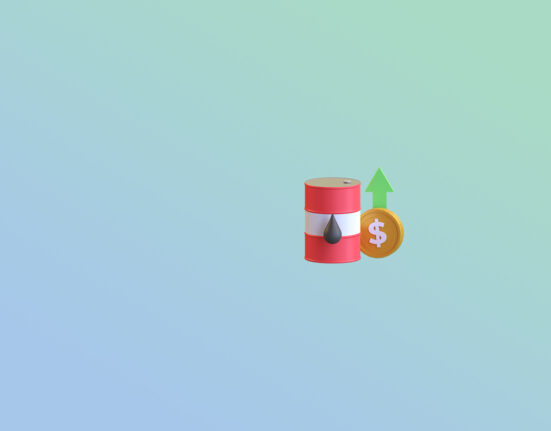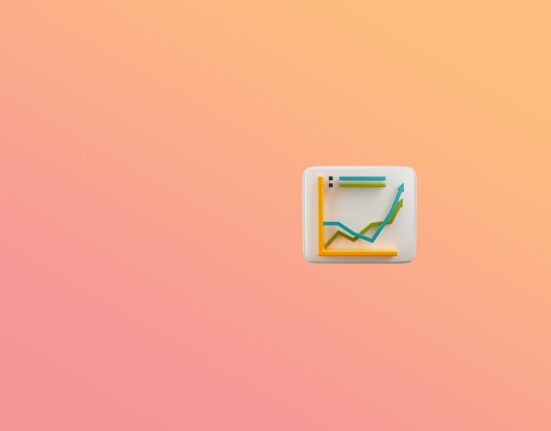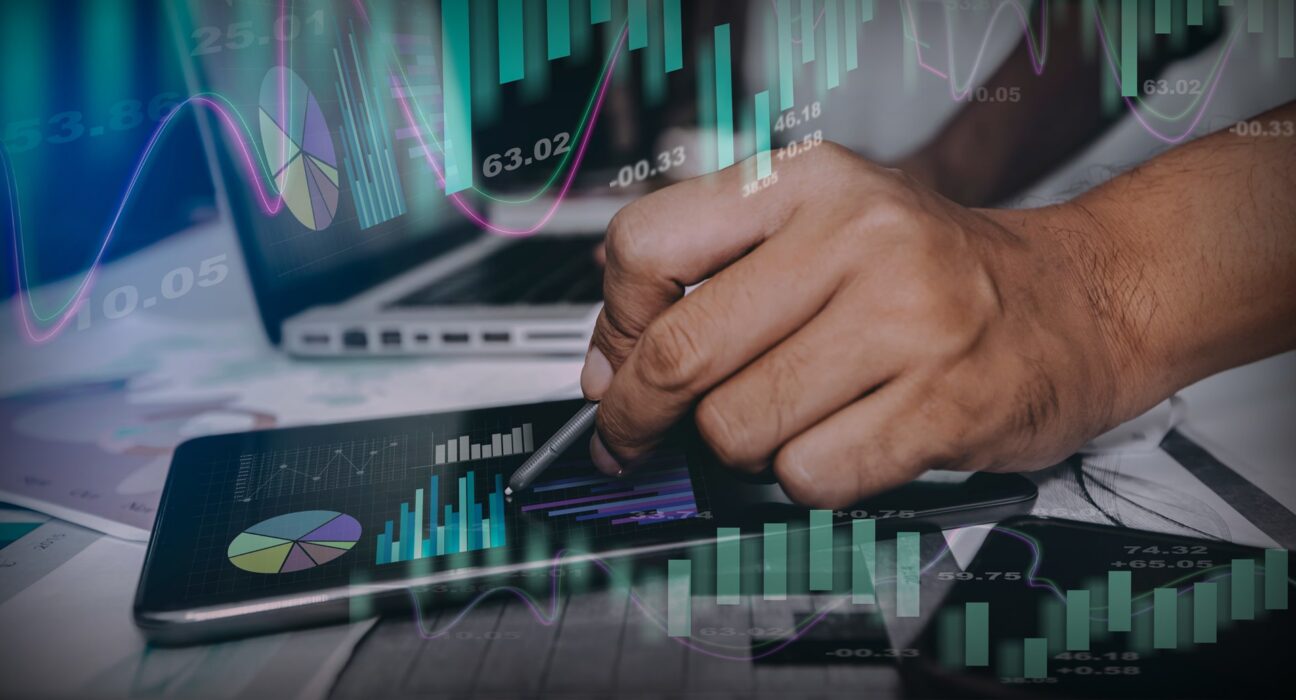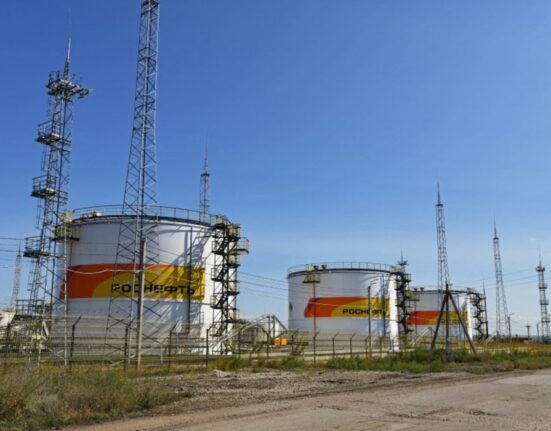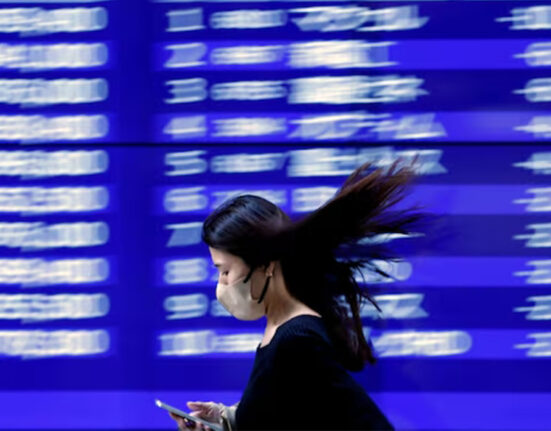Deep learning is a type of machine learning that uses artificial neural networks to learn from data. Deep learning models have been shown to be very effective at a variety of tasks, including image recognition, natural language processing, and speech recognition.
In recent years, deep learning has also been applied to forex trading. Deep learning models can be used to analyze historical price data to identify patterns and trends that can be used to predict future price movements. Deep learning models can also be used to identify news events and other factors that may impact the forex market.
Adherence of Deep Learning within the Forex Industry
There are a number of advantages to using deep learning for forex trading. Deep learning models can learn from large amounts of data, which can help them to identify patterns and trends that would be difficult for humans to see. Deep learning models can also be used to analyze data in real time, which can help traders to make more informed trading decisions. However, there are also some challenges associated with using deep learning for forex trading. Deep learning models can be complex and expensive to train. Deep learning models can also be sensitive to changes in the market, which can lead to inaccurate predictions.
Overall, deep learning is a powerful tool that can be used to improve forex trading performance. However, it is important to be aware of the challenges associated with using deep learning before using it for trading. Here are some of the ways deep learning is being used in forex trading:
- Predicting price movements – Deep learning models can be used to analyze historical price data to identify patterns and trends that can be used to predict future price movements.
- Identifying news events – Deep learning models can be used to analyze news articles and other sources of information to identify events that may impact the forex market.
- Risk management – Deep learning models can be used to assess risk and to identify potential trading opportunities.
- Portfolio management – Deep learning models can be used to manage portfolios and to allocate assets.
Deep learning is still a relatively new technology, but it has the potential to revolutionize forex trading. As deep learning models continue to improve, they will become more and more powerful tools for traders.
USD vs. JPY
Japan’s Tankan Large Manufacturing Index for the first quarter (Q1) of 2023, a closely observed output guide by the Bank of Japan (BoJ), eased to 1.0 from 7.0 previous readings and 3.0 expected. On the other hand, Japan’s Jibun Bank Manufacturing PMI for March improved to 49.2 from 48.6 previous. However, the below-50 figure suggests a contraction in private manufacturing activities.
On the other hand, the US Core Personal Consumption Expenditures (PCE) Price Index, the Fed’s preferred gauge of inflation, declined to 4.6% YoY in February from 4.7% expected and prior. On a monthly basis, Core PCE inflation rose 0.3% while easing below the market expectation of 0.4% and a downwardly revised 0.5% previous reading.
Source: Investing.com
Future of Forex Trading with Deep Learning
he future of forex trading with deep learning is very promising. Deep learning is a powerful tool that can be used to improve forex trading performance. As deep learning models continue to improve, they will become more and more powerful tools for traders.
Here are some of the ways deep learning is expected to revolutionize forex trading in the future:
- More accurate predictions – Deep learning models will be able to make more accurate predictions of future price movements. This will allow traders to make more informed trading decisions and to increase their profits.
- Better risk management – Deep learning models will be able to assess risk more accurately. This will allow traders to manage their risk more effectively and to avoid large losses.
- More efficient trading – Deep learning models will be able to analyze data and make trading decisions more quickly. This will allow traders to take advantage of market opportunities more quickly and to increase their profits.
More personalized trading: Deep learning models will be able to learn about each trader’s individual preferences and trading style. This will allow traders to receive more personalized trading advice and to improve their trading performance.


